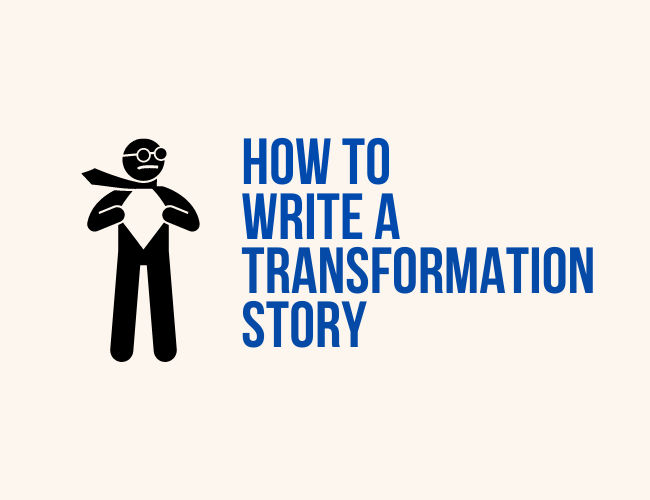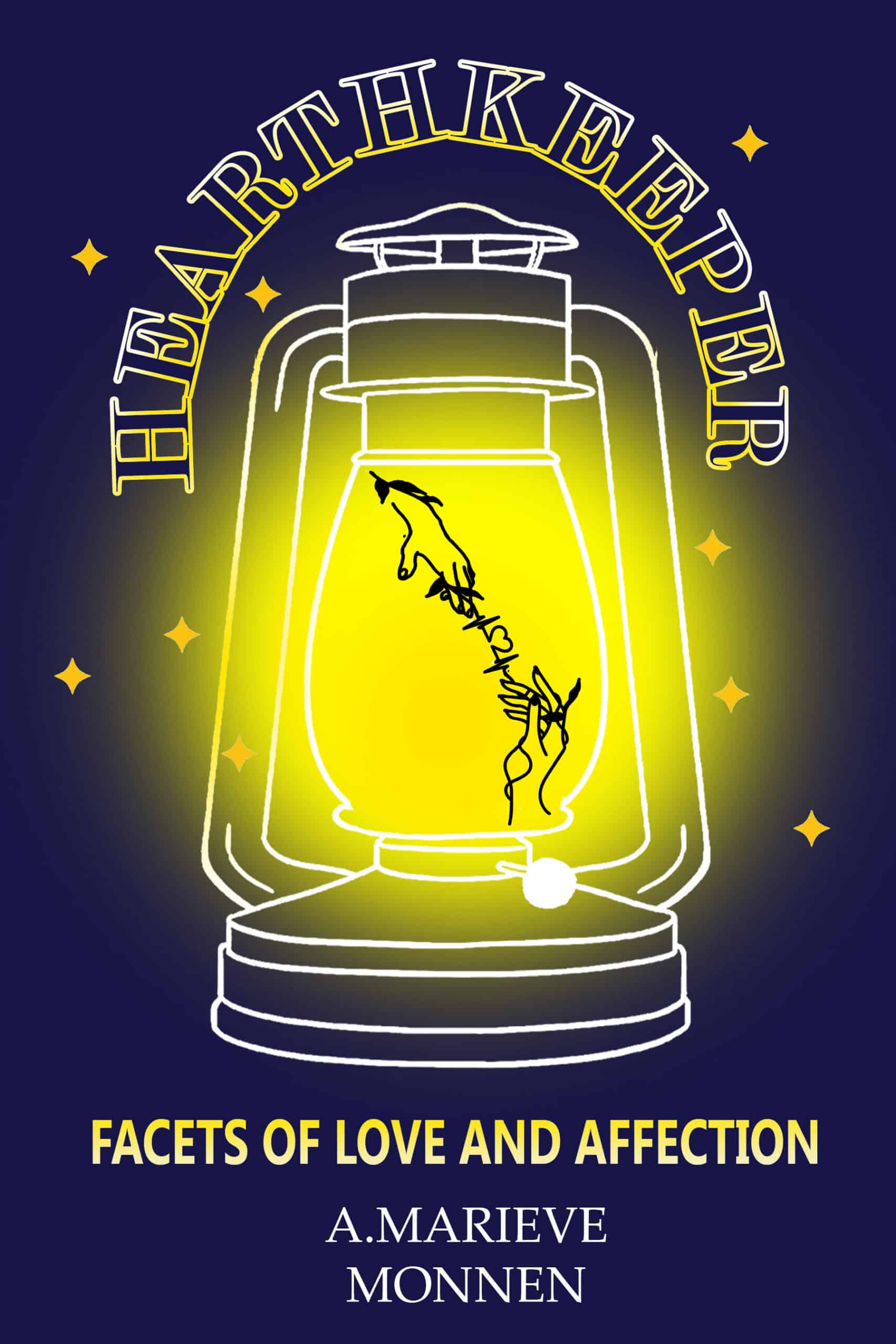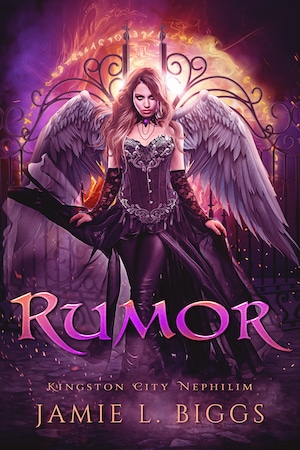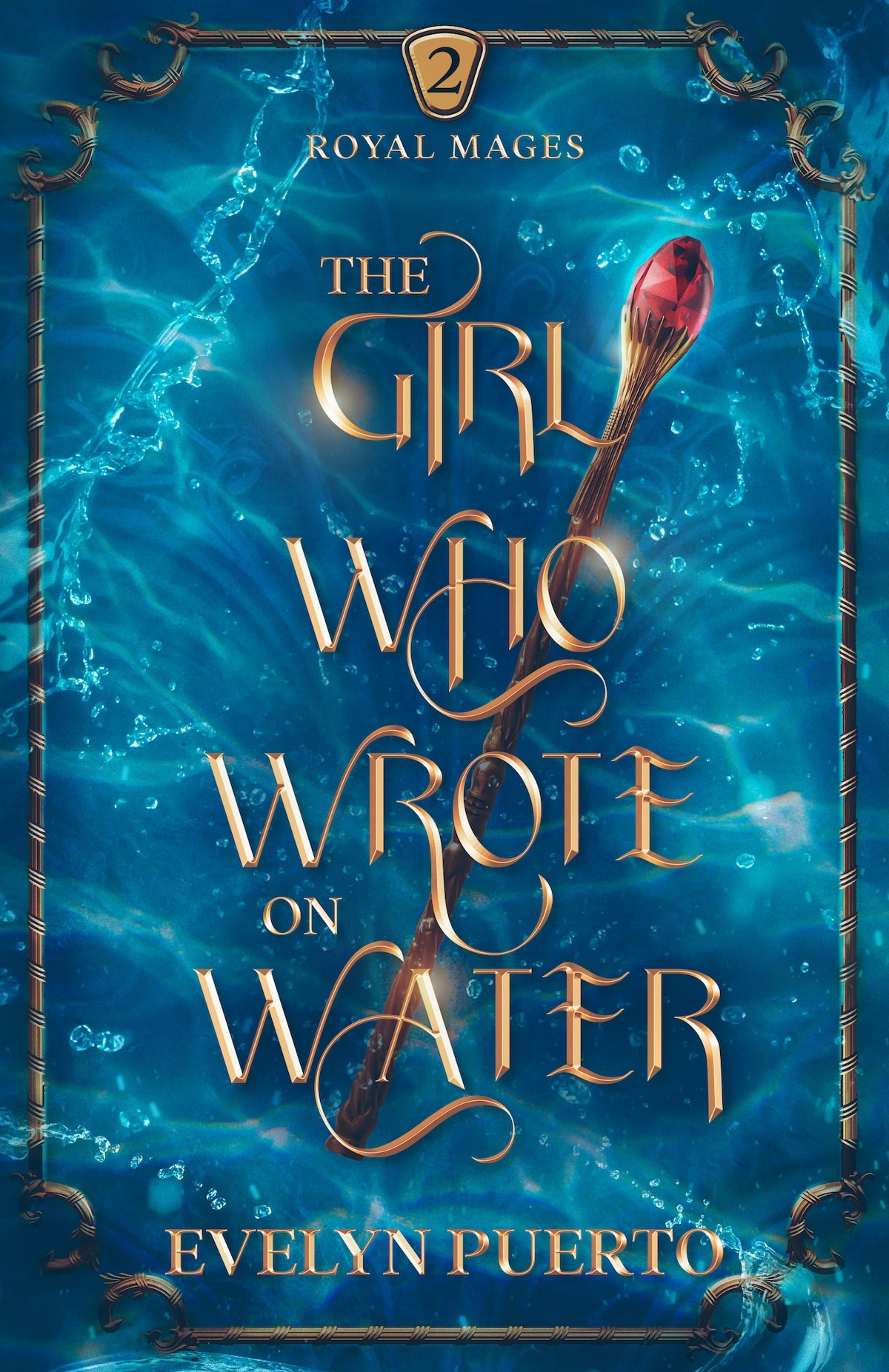One of the foremost reasons people read is to experience a character’s arc of change, their transformation story and transformation stories are among the most powerful and popular in literature and film.

If you've watched television, been on social media, or viewed magazine ads, you've seen split screens of physical transformations, where they show someone at the beginning of their health journey on the left and then they show how the person looks now on the right.
The physical transformation clips are usually meant to inspire others to do the same or to sell you something they hope will help.
Transformation stories inspire us because the human experience is all about change. Each of us is a work in progress—growing, changing our perceptions and how we think—shaping our character.
These stories involve the reader in the course of the character’s change, helping them explore their own potential and desire for transformation, along with the limitations, possibilities, and price attached.
What Is A Transformation Story? Transformation Story Definition
We are always in the process of becoming—and that holds true for our characters, as well. Most stories work best when they encompass some kind of character change. The transformation plot, however, takes it a step further by really focusing attention on the nature of the change and the effect produced.
Transformation stories examine the hero’s process of change as they evolve through the stages of the plot, reacting to events and stimuli, becoming a different person from how they started out.
How Transformation Happens
Let me share an anecdote from my own life and see if you’ve experienced something similar. Our family lived in southern Virginia for several years. Then we moved to Spain. Six years passed and we moved back into the same area of Virginia, not far from our original neighborhood.
I saw people I knew but hadn’t seen in a long time. Many of them had changed in remarkable ways. It was fun looking at the children and identifying them from the little ones I had known. One man, I remember, had been about eighty pounds overweight when I left and was thin as a rail when I came back.
Changes had occurred, and because of my frame of reference, they were astonishing. But to those who’d never left, the alterations were so gradual they went unnoticed or taken for granted.
The trick to writing a good transformation story is to focus down on a particular portion of your character’s life, allowing the reader to witness the change. This means you’ll likely have to accelerate things beyond what happens in real life, a little like time-lapse photography.
The Desire to Change
If you have any marketing experience, you know that the most powerful techniques focus on communicating how a product or service will change the customer’s state or status. Taking him—for instance—from a weakling dweeb to a buff Adonis wowing women on the beach.
We all harbor a desire to change in some aspect and to some degree. In an effective story, the protagonist is a different person at the end than how she started out. Readers want to experience that change, too.
Let’s take a look at the important features of a transformation plot.
4 Steps to Write a Transformation story
Of course, every story is different and there are additional requirements to consider in terms of your chosen genre, but here are some foundational elements to include when you’re working on a transformation plot.
1. Start with an inciting incident that sparks the transformation.
Something happens that precipitates or foments a need for change, starting the character along the story arc. However, it’s important to let your reader understand the character before this happens. Remember, in a transformation plot, the focus is on the nature of the change and how it affects the character. In order for that to have any impact, the reader must have a sense of who your character is before the inciting incident.
2. Follow a Cause and Effect progression
Your reader wants to see the story unfold, anticipating events from well-planted setups and enjoying the payoffs. She wants to watch the natural progression of change, as well as be surprised by unforeseen outcomes, twists to heighten the story’s interest. Cause and Effect is a powerful recipe for engaging the reader in a character’s transformation.
3. Include a late-breaking incident that defines the result of the transformation
Like a bookend to the inciting incident, this event happens late in the game and serves to illustrate and express the results of the character’s arc. It might include unexpected lessons, unintended consequences, destroyed illusions, a changed world view, or other aspects depending on your story’s genre and message.
4. An accounting of the price paid
Change doesn’t come without a cost. Your character may have to give up something he wants for something he needs. There will always be a sacrifice involved and the ending may be bittersweet. In Kramer vs. Kramer, the Dustin Hoffman character loses his wife but gains a far richer relationship with his son. In The Short Happy Life of Francis Macomber, Francis finds his elusive valor but loses his life.
Other Elements to Consider for Your Transformation Story
Beyond these basics that should be in every transformation story, there are some additional elements that often come into play. Here are some of the most common.
- A strong mentor figure. Think Mr. Miyagi, Obi-Wan Kenobi, and Haymitch Abernathy.
- A threat of escalating danger, not necessarily of the physical variety. Often, the risk is to the character’s psyche or self-perception.
- A foil. A secondary character who functions to reflect positive or negative aspects of the protagonist.
The Hero’s Journey: A Model of Transformation Story
The Hero’s Journey is the quintessential story of transformation. David Safford has written a series of articles detailing different aspects of the Hero’s Journey story structure that are well worth looking into. The hero is forced to change as a result of conflict, forced to leave his comfort zone on a quest to bring home the elixir that will right a world gone askew.
The transformation story can be prescriptive, carrying a positive message of hope and inspiration. A few examples spring to mind—Groundhog Day, High Noon, Tender Mercies, As Good As It Gets, Shrek, The Emperor’s New Groove, It’s a Wonderful Life.
Or, conversely, the tale might be cautionary, evoking horror, pity, and counter-motivation for what not to do. Dr. Jekyll and Mr. Hyde, The Great Gatsby, The Godfather. I couldn’t come up with as many negative examples, but I did recall Mary Westmacott’s book, Absent in the Spring, which is an interesting example of having it both ways.
Transformation Story Examples
Mary Westmacott is a pen name for Agatha Christie. Absent in the Spring stands out in my memory because the entire thing takes place over a period of days in the middle of the desert and nothing happens. Yet the story is riveting, memorable, and contains a fascinating character arc as the protagonist is forced to reflect on her life. The reader experiences a change taking place and gets a feeling of hope but . . . well, I don’t want to spoil it.
Thomas Wolfe’s short story, “The Far and The Near,” which I read in college, is about a train engineer whose route took him past a tidy house on a daily basis for years. This is a depressingly negative example of a transformation story that left a deep impression on me.
In the story, the protagonist would always blow the train whistle and the woman and little girl who lived there would come out to wave at him. He watched that little girl grow up over the decades of his career and formed a rosy picture based on his fond exchange with these townsfolk.
When he retired, he decided to pay them a visit to let them know how much their smiles and acknowledgment had meant to him over the years. As he approaches the house, everything is different than he imagined—dingier, shabbier, darker. When the woman answers the door, she’s hostile and suspicious toward him. His illusion is shattered.
How to Transform the World, One Character at a Time
Fortunately, both the prescriptive and cautionary varieties can provide excellent motivation as well as satisfying entertainment, making the transformation story one of the most beloved story types in all literature.
We all have things we want to change—in our lives, in our world, in ourselves. A story about such transformations can sometimes provide just the push we need to get us going.
How about you? Do you love reading a good transformation tale? Care to share a few examples? Tell us about it in the comments.
PRACTICE
Let’s sketch an outline for a transformation story. Create the characters and the plot, or choose a familiar story and analyze it in terms of the critical elements. Either way, include:
- An inciting incident that sparks the transformation
- Outline a few Cause and Effect story events
- A late-breaking incident that defines the result of the transformation
- An accounting of the price paid
Write for fifteen minutes. When you are finished, share your story in the Pro Practice Workshop for feedback from the community, and don’t forget to provide feedback for your fellow writers!
Any day where she can send readers to the edge of their seats, prickling with suspense and chewing their fingernails to the nub, is a good day for Joslyn. Pick up her latest thriller, Staccato Passage, an explosive read that will keep you turning pages to the end. No Rest: 14 Tales of Chilling Suspense, Joslyn's collection of short suspense, is available for free at joslynchase.com.




Thank you for this information, it was very helpful for my english assessments.